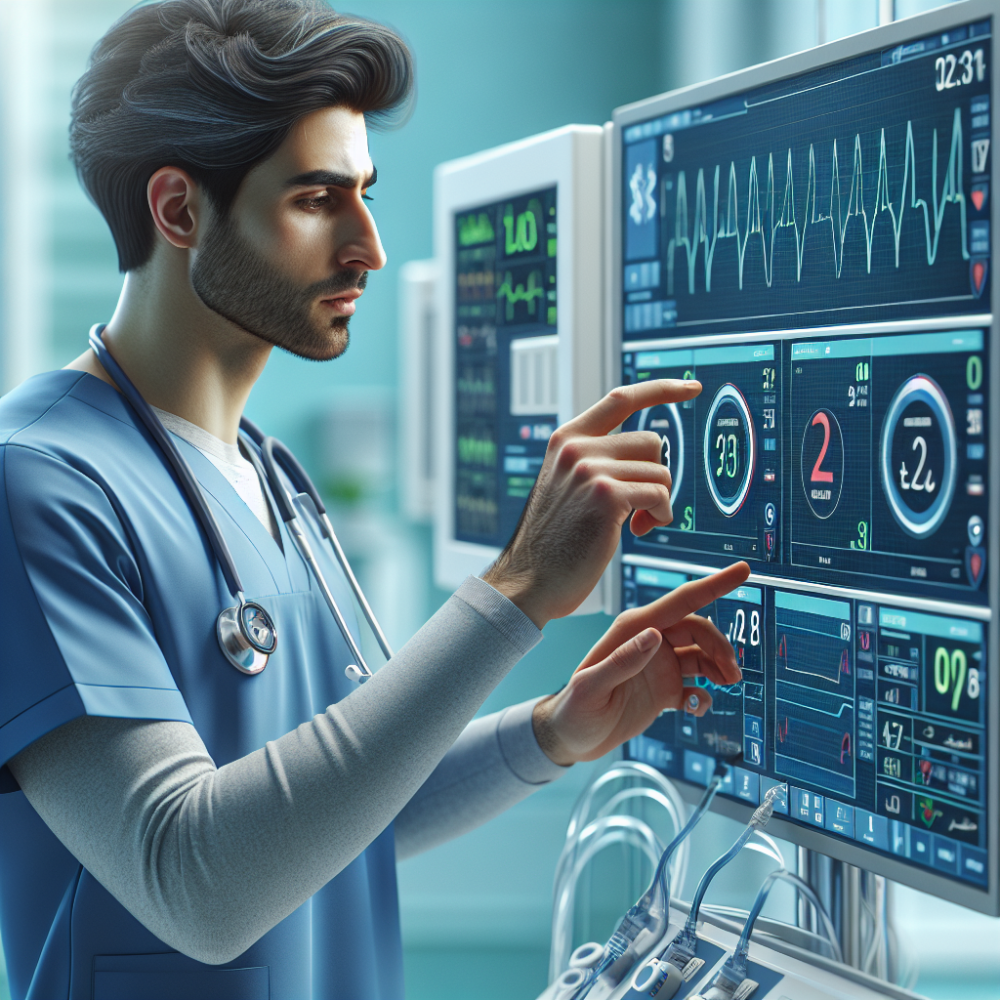Ensuring the Safety and Wellbeing of Patients through Effective Monitoring

Posted on: Sunday, March 3rd, 2024
Patient safety and monitoring are paramount in healthcare settings to ensure that individuals receive the best possible care while minimizing potential risks and hazards. Effective patient monitoring encompasses a broad range of activities, from tracking vital signs to ensuring that medications are administered safely. Advances in technology have significantly improved monitoring capabilities, allowing for real-time updates and alerts that enhance patient care. This guide will explore the top ten considerations and practices in patient safety and care monitoring to aid healthcare facilities in maintaining the highest standards of patient care.
1. Implement Comprehensive Electronic Health Records (EHRs): EHRs are crucial for maintaining accurate and updated patient information, facilitating seamless communication among caregivers, and enabling real-time monitoring of patient health status and medication management.
2. Utilize Smart Monitoring Devices: Wearable technology and smart medical devices can continuously monitor patients' vital signs, such as heart rate, blood pressure, and oxygen levels, offering immediate data that can be crucial for early detection of complications.
3. Prioritize Medication Safety: Automated medication dispensing systems, coupled with barcoding, can significantly reduce the risk of medication errors, ensuring that patients receive the correct dosage at the correct time.
4. Foster a Culture of Open Communication: Encourage healthcare workers to openly discuss and report concerns or errors without fear of repercussion. This transparency is key to identifying and addressing potential safety issues promptly.
5. Embrace Hand Hygiene Practices: Simple yet effective, strict adherence to hand hygiene practices among healthcare workers can dramatically reduce the spread of infections within healthcare facilities.
6. Conduct Regular Training and Simulations: Ongoing education and practical simulations for healthcare workers can enhance their responsiveness to patient care emergencies and improve overall patient safety protocols.
7. Implement Fall Prevention Strategies: Especially important in settings caring for the elderly or those with mobility issues, tailored fall prevention plans, including environmental adjustments and patient education, can significantly reduce fall-related injuries.
8. Engage in Risk Management Assessments: Regularly assess and update protocols based on the identification of potential risks within the healthcare environment, aiming to preemptively mitigate possible hazards.
9. Leverage Telehealth Options: For appropriate situations, telehealth services can provide continuous care and monitoring for patients outside of traditional healthcare settings, reducing the burden on facilities and minimizing patient exposure to healthcare-associated infections.
10. Implement Patient-Specific Care Plans: Recognizing that each patient's needs and risks are unique, developing and following individualized care plans is critical for ensuring optimal safety and quality of care.
By embracing these ten practices, healthcare providers can significantly enhance patient safety and care through more effective and efficient monitoring. As technology and healthcare practices continue to evolve, so too should the strategies for monitoring patient well-being, ensuring that patient care is both safe and of the highest possible quality.